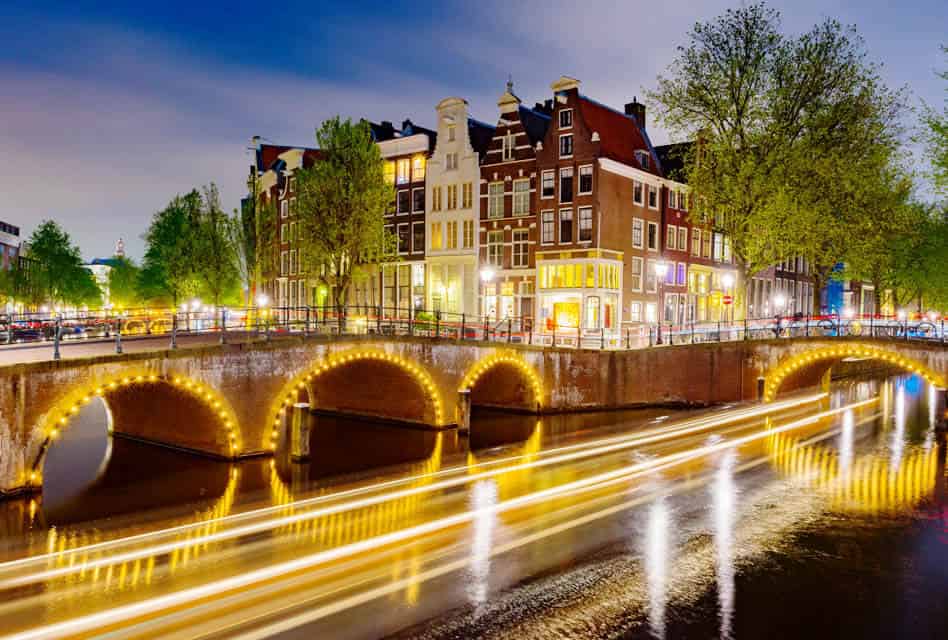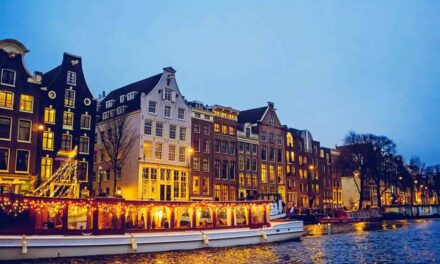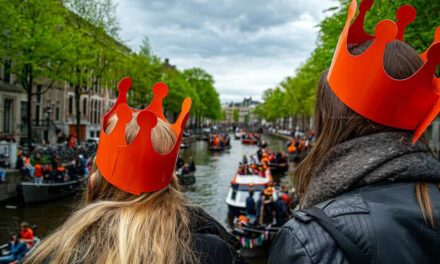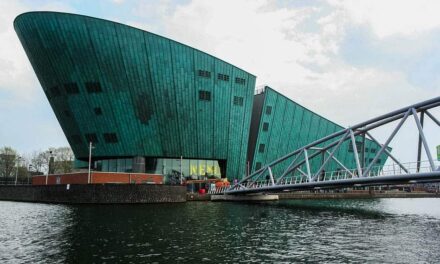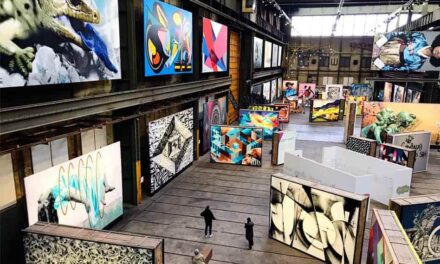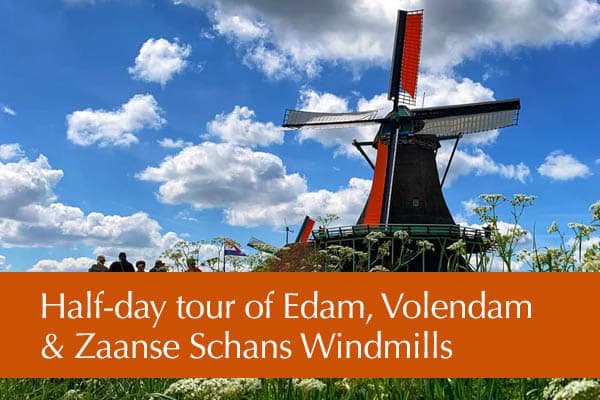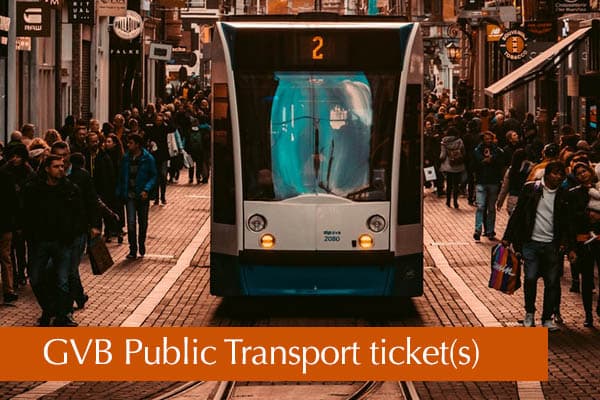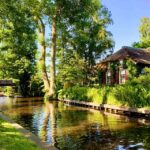Herengracht Canal Amsterdam
Iconic canal in Amsterdam featuring the Golden Bend
Herengracht canal is one of the most important and most visited canals in Amsterdam. It wraps around the city centre and features some of the most beautiful and memorable buildings.
It is part of the canal ring or canal belt and is a UNESCO World Heritage site.
At some point in your stay you will undoubtedly find yourself either walking along the Herengracht Canal or cruising along the canal by boat, enjoying spectactular views and scenery.
Disclaimer: This post contains affiliate links to companies and services we trust. If you purchase something after clicking any link, then we will earn a small commission at no additional cost to you (policy page).
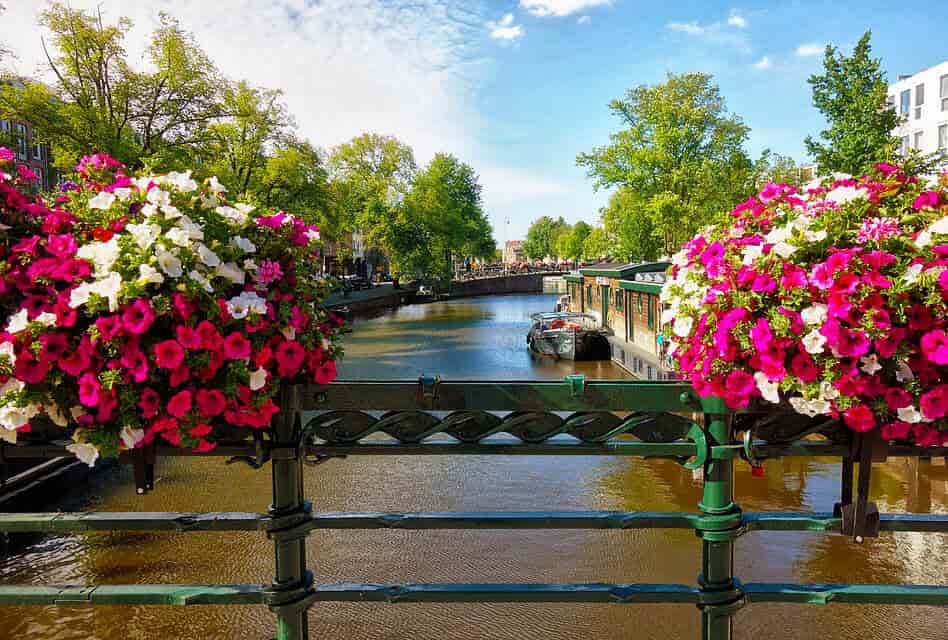
History of Herengracht Canal
Herengracht is one of the three main canals in Amsterdam. Herengracht is named after the “heren” or the noblemen who once owned and built their houses along the canal. The Herengracht canal is also known as the “Gentlemen’s Canal.”
The construction of the Herengracht canal began in 1612 as part of a large urban expansion project known as the “Grachtengordel,” or canal belt. The project was designed to help Amsterdam accommodate its growing population and increase its trading capabilities. The canal belt consisted of three major canals – Herengracht, Keizersgracht, and Prinsengracht – these encircled the city center.
The Herengracht was originally designed to be a residential area for the city’s wealthy merchants who built their houses along the canal, creating an impressive display of wealth and status. The houses were often large and ornate, featuring intricate facades, grand entrances, and spacious gardens.
Throughout the 17th and 18th centuries, the Herengracht remained a fashionable and prestigious address. Many of Amsterdam’s most prominent citizens lived along the canal, including politicians, artists, and scientists.
In the 19th century, the Herengracht became less fashionable as the city’s elite began to move to new neighbourhoods outside the canal belt. The canal became a little more industrialised, with factories and warehouses replacing some of the grand mansions.
In the 20th century, the Herengracht canal was largely restored to its former glory. Many of the historic buildings were renovated and the canal became a popular visitor attraction. There are not as many residents as there once were with shops, offices, hotels and museums lining the canal now.
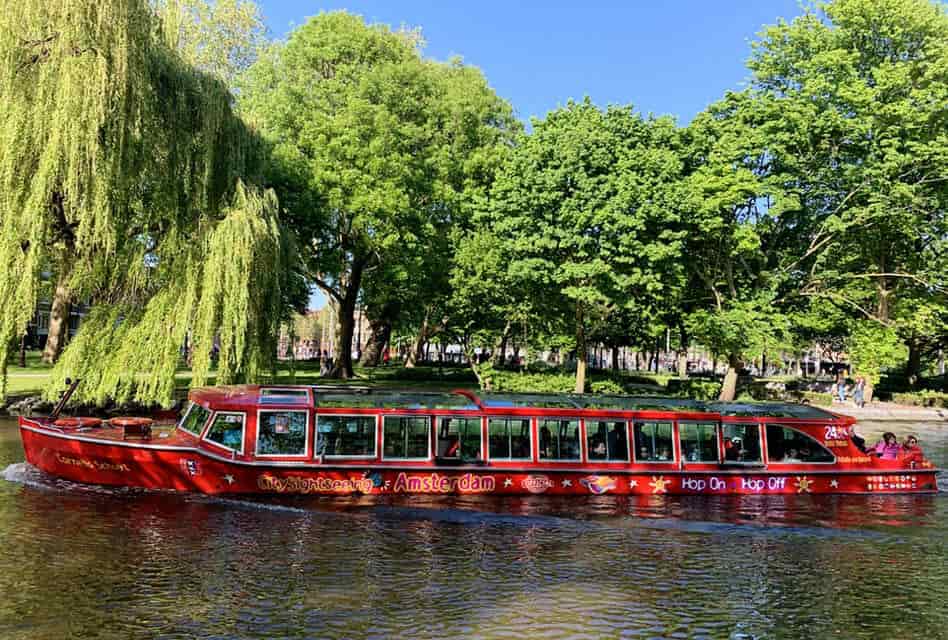
Herengracht Amsterdam is one of the most beautiful canals in the world. It offers stunning views of the city by boat and breathtaking architecture along its banks.
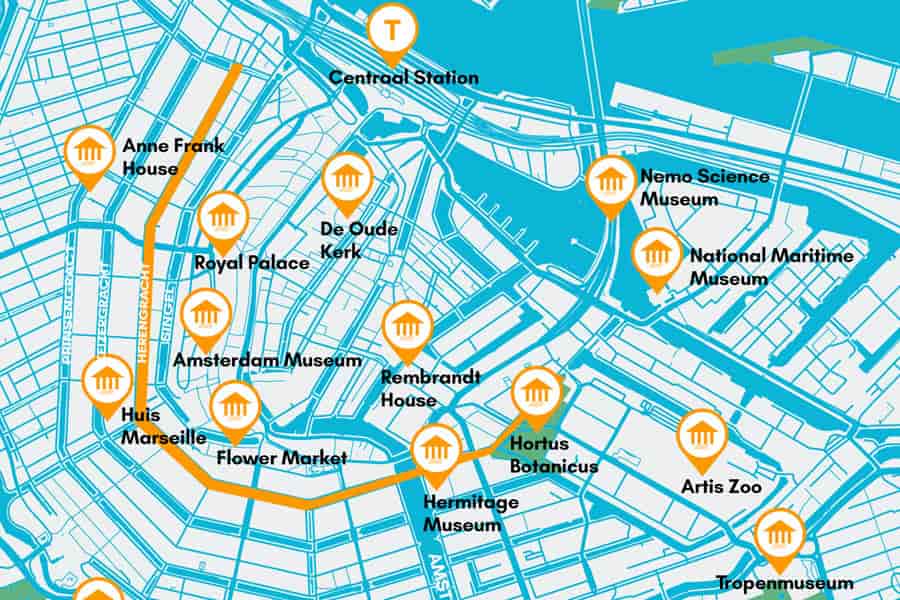
What is on the Herengracht Canal?
The Herengracht canal is home to a wide variety of buildings, including historic mansions, offices, shops, museums, and hotels. Many of these buildings date back to the 17th and 18th centuries and feature beautiful architecture and ornate facades.
Some of the notable buildings along the Herengracht include:
- Museumhuis Bartolotti: here you can find out what is like to live in one of the luxury canal side houses.
- The West-Indisch Huis: although not strictly alongside it, rather at the end near Herenmarkt, this historic building was once the headquarters of the Dutch West India Company and is now used for events and exhibitions
- The Waldorf Astoria: stunning luxury hotel situated alongside the canal.
- The Hoxton Amsterdam: another luxury hotel overlooking the canal, well situated for easy access to Dam Square.
- Grachtenmuseum Amsterdam: find out about the history of Amsterdam canals whilst overlooking one of the most beautiful.
- On Nieuwe Herengracht canal you’ll find the beautiful Hortus Botanicus Amsterdam botancial garden, a lovely place to escape into nature.
-
Willet-Holthuysen Museum allows you an insight inside a 17th-century canal house to see its stunning art, furniture and explore the Willet family’s history.
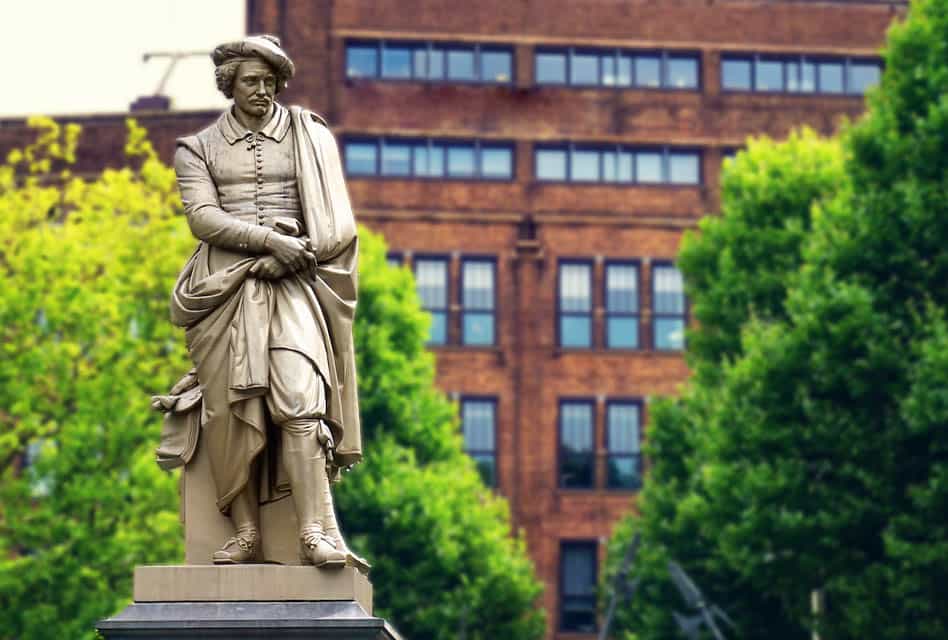
What to do on the Herengracht Canal
The Herengracht canal offers a variety of activities and attractions but our favourite is just walking along its banks enjoying the scenery and architecture.
- Canal boat tour: One of the most popular ways to experience the Herengracht is by taking a canal boat tour. There are several operators that offer guided tours of the canal, who will provide you with a unique perspective on the historic buildings and bridges.
- Museums and galleries: The Herengracht is home to several museums and galleries, including the Museumhuis Bartolotti, Willet-Holthuysen Museum and
Grachtenmuseum Amsterdam (canal museum), there is even a quirky cat museum called KattenKabinet. - By foot or by two wheels: The Herengracht is a scenic place for a leisurely walk or bike ride. The tree-lined canal is flanked by historic buildings, and there are several pedestrian bridges that provide easy access to the other side.
- Explore nearby: The Herengracht canal is located in the heart of Amsterdam’s city center, so there are plenty of shops, restaurants, and cafes to explore in the surrounding neighbourhood. You could take some time out at Rembrandtplein, the Bloemenmarkt (floating flower market) or visit the Xtracold Icebar Amsterdam all just a few minutes away from the canal.
Herengracht Canal Golden Bend
The Golden Bend is a section of the Herengracht canal in Amsterdam, Netherlands, that is known for its beautiful and ornate mansions. The Golden Bend stretches from Leidsestraat to Vijzelstraat and is considered one of the most prestigious addresses in Amsterdam.
The name “Golden Bend” comes from the fact that the mansions along this section of the Herengracht were once owned by wealthy merchants who decorated their houses with gold leaf and other expensive materials. The buildings in the Golden Bend are known for their beautiful facades and intricate details, such as carved stone ornamentation and elaborately decorated gables.
Today, the Golden Bend remains one of Amsterdam’s most prestigious neighbourhoods and is a popular spot for visitors to admire the historic buildings and take photos. Many of the mansions along the Golden Bend have been converted into hotels, offices or museums, but a few are still private residences.

